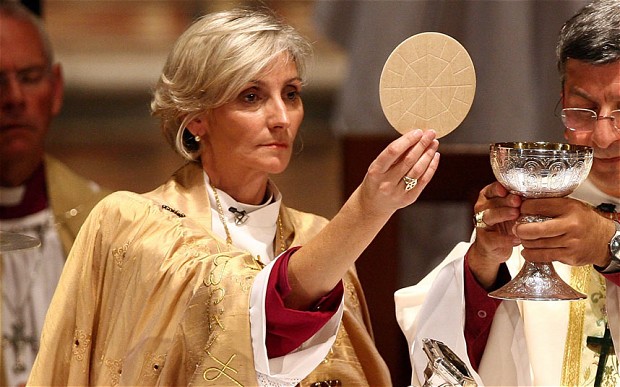Gender inequality belongs among the most prevalent forms of social inequality and exists all over the world, with different effects in different regions. These differences are primarily due to cultural legacies, historical development, geographic location, and, last but not least, the religious norms which predominate in society (Inglehart and Norris, 2003). Religion plays a vital rolein the cultural life of different spaces. It is deeply rooted in peoples’ experiences and influences the socioeconomic and political direction of societies (Stump, 2008). On a similar note, Peach (2006) asserts that for social geographic investigation, religion may now be a more important variable than race or ethnicit
The status of women in society is an outcome of the interpretation of religious texts and of the cultural and institutional set-up of religious communities (Klingorová, 2015). The role of religion is, obviously, complex and it varies across time and space. We accept the premise that everyone benefits from gender equality (Verveer, 2011). Throughout this research project, we approach the topic of gender equality from a “post-Christian” standpoint, a predominantly secular perspective. We consider gender equality and the emancipation of women as important factors for the economic, social, and democratic progress of the world’s regions and for the development of human society. This process is influenced by institutional norms, as well as culture and tradition, which are both largely determined by religion. As the relationship between religion and culture is reciprocal, religious systems are locked in a circle of mutual influence with social norms and patterns of social organisation (Sinclair, 1986). It is apparent that the study of the status of women in religion also reflects the status of women in society as a whole (King, 1995), while considering the cultural, political and geographic factors.
Of course, at least two key questions remain to be asked: How significant is the influence of world religions on gender inequality and the social status of women? Unlike previous studies, which predominantly focused on explanation using social surveys (e.g. Seguino, 2011), this research attempts to find answers through a statistical analysis of data reflecting the status of women in groups of selected states, organized by the predominance of world religions in their territory.
Every religion promotes somewhat different norms, creates different institutions, and builds on different cultural and historical foundations. The infl uence the individual world religions have on the status of women is very differentiated (Klingorová, 2013, 2015), and we should then ask: To what extent do religions determine the status of women and the level of gender inequality in the four largest religious societies studied at the level of states?
Through an analysis of diversification of the selected religions, as part of this assumption, we would like to expand on the study by Seguino (2011), which primarily concerned itself with the influence of religiosity on gender inequality within a set of socioeconomic parameters of the selected states. Furthermore, we accept the statement that the level of gender inequality is also influenced by a state’s level of economic development (Dollar and Gatti, 1999; Seguino, 2011), and this will be taken into account in the analyses.
This study attempts to contribute to the multidisciplinary debate on the influence of the four key world religions (and secularity) on gender inequality in 50 selected states. We consider quantitative analysis to be a suitable method for analysing the influence of religiosity on the status of women at the level of national states, even if this method is not frequently used in feminist geographies (England, 2006). Furthermore, it seeks to contribute to the field of the new geography of religion (Kong, 2001), whose study of the world religions and gender equality is still in its early stages.



